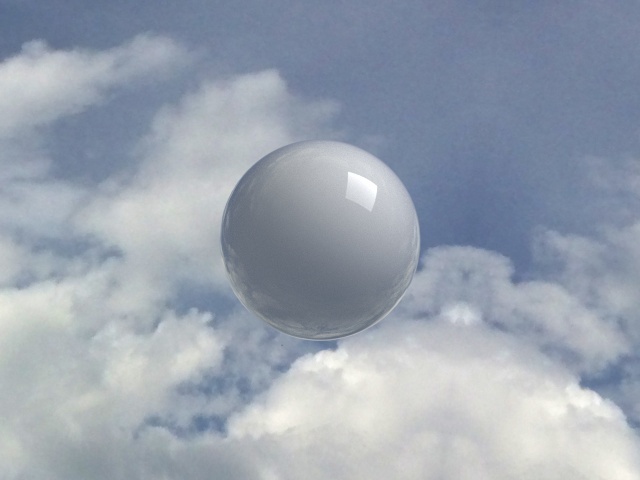This page provides information on the V-Ray TexFresnel node.
Overview
Parameters
Example: V-Ray Fresnel vs. Fresnel Reflections
One use for V-Ray Fresnel is to give a V-Ray Material a stronger Fresnel effect on reflections than the Use Fresnel option. Below is a simplified example to show how V-Ray Fresnel changes the degree of reflectivity on a spherical object.
A V-Ray Material is applied to both objects below, with different material setups. Where V-Ray Fresnel is used, the front of the object (the part that faces the camera) is much less reflective than the sides of the object. The degree of reflectivity set by V-Ray Fresnel affects both the reflected background and the reflection of the rectangular light source.
V-Ray Material with white Reflect color, Use Fresnel enabled
V-Ray Material with V-Ray Fresnel map in Reflect channel, Use Fresnel disabled
Front reflectivity = 0.01
Side reflectivity = 1.0




